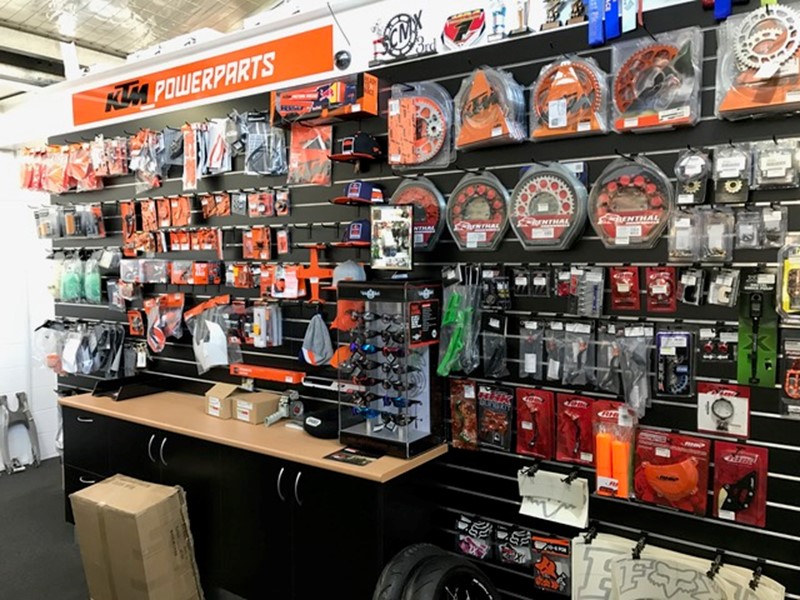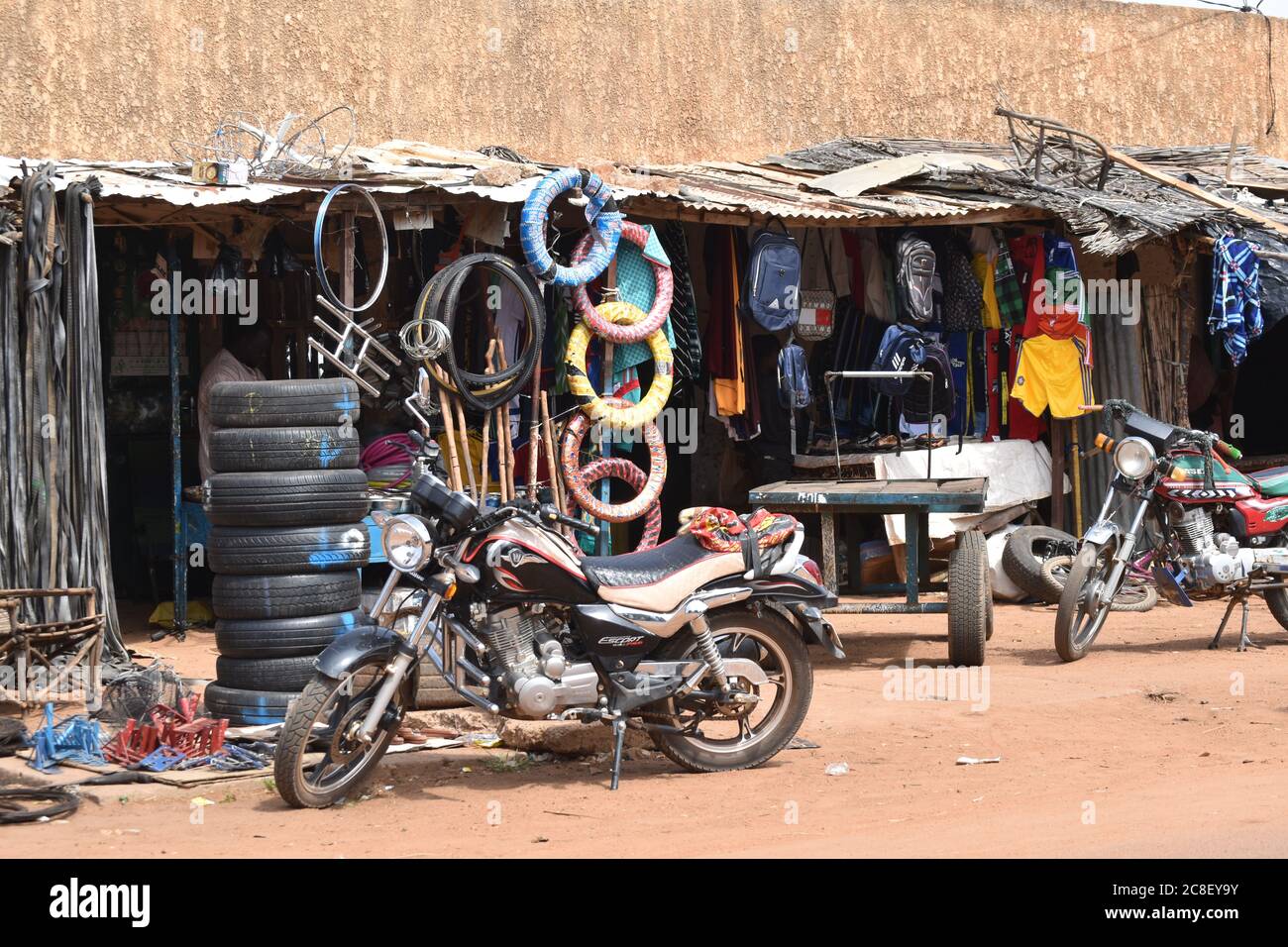Top MX Gear NZ: Prepare for Your Next Off-Road Experience
Top MX Gear NZ: Prepare for Your Next Off-Road Experience
Blog Article
Comprehending the Vital Components of a Motorbike: A Comprehensive Guide for Fanatics
For motorcycle lovers wanting to elevate their riding experience and ensure their bikes run efficiently, understanding the vital elements of a motorbike is paramount. Each aspect, from the engine's complex workings to the critical role of the braking devices, not just influences performance yet also security and convenience. This guide will walk through the basic components that every rider need to know with, allowing notified choices in both maintenance and possible upgrades. As we begin this expedition, one must ask: exactly how does each element connect to produce the seamless ride every lover looks for?
Engine Elements

The camshaft plays a vital function in controlling the timing of the engine's shutoffs, ensuring the specific opening and closing needed for efficient gas and air intake, in addition to exhaust expulsion. This timing is important to preserving optimum engine performance and efficiency. Additionally, the carburetor or gas injection system, relying on the motorcycle model, is accountable for blending air with gas in the correct ratio for combustion.
The air conditioning system, either air or liquid-based, functions to maintain the engine's temperature level within operational limitations, protecting against overheating and making sure durability - moto parts nz. Each part, meticulously developed and incorporated, adds to the seamless procedure of the engine, specifying the motorbike's power output and general performance
Transmission System
Important to the bike's functionality, the transmission system guarantees reliable power transfer from the engine to the wheels. This system consists of a number of critical elements, consisting of the clutch, gearbox, and final drive, each playing an essential function in converting the engine's power right into activity. The clutch, normally operated by a hand bar, serves to engage and disengage the engine from the transmission, allowing for smooth gear changes and controlled acceleration.
The gearbox, usually referred to as the transmission appropriate, includes a collection of equipments that bikers can manually shift with to adjust the bike's speed and torque result. These gears are prepared in a series that enables the bike to speed up efficiently and maintain optimal engine performance throughout numerous speeds. Many motorcycles utilize a consecutive transmission, calling for the motorcyclist to change equipments in a fixed order.
Braking Mechanisms
While understanding the transmission system is essential to utilizing a motorcycle's power, just as crucial is the ability to regulate and quit that power successfully, which is where braking devices enter play. Brakes are important for safety and security and efficiency, supplying the motorcyclist with the needed control to navigate numerous terrains and conditions. Usually, motorbikes include two sorts of stopping systems: disc brakes and drum brakes.
Disc brakes are more prevalent in contemporary motorcycles due to their premium performance. They include a brake disc, caliper, and pads. When triggered, the caliper presses the brake pads versus the spinning disc, transforming kinetic power right into warm, therefore slowing the wheel. This system uses much better heat dissipation, constant efficiency, and improved stopping power, particularly in damp conditions.
Alternatively, drum brakes, though much less typical, are still found in some bikes. They work by pushing brake footwear versus the inner surface of a drum connected to the wheel. While typically much less reliable in heat dissipation and stopping power, drum brakes are easier and a lot more affordable.
Understanding these braking systems' nuances permits cyclists to preserve their bikes appropriately and value the engineering that makes sure reliable and risk-free quiting.
Suspension and Guiding
Suspension and guiding systems are important parts that considerably influence a motorbike's handling and adventure comfort. The suspension system, containing basics forks at the front and shock absorbers at the rear, soaks up roadway abnormalities, enhancing stability and control. Front forks, inverted or usually telescopic, compress and rebound to reduce effects, while back shock absorbers preserve tire contact with the roadway, crucial for grip and safety and security.
Steering, centered around the handlebars, connects the rider to the motorcycle's directional control. The guiding head bearings make sure smooth operation, allowing specific maneuverability. Correct positioning and upkeep of these bearings are critical for foreseeable guiding reaction and minimizing rider tiredness.
The suspension's adjustability is one more crucial facet; preload, damping, and rebound setups enable personalization to fit different riding conditions and designs. This flexibility is crucial for maximizing efficiency, whether browsing urban roads or taking on rugged trails. Technologies like electronic shock absorber use real-time modifications, enhancing ride high quality throughout varied terrains.

Electrical Systems
After ensuring a smooth and regulated trip with effective suspension and guiding systems, attention transforms to the electric systems, a crucial element of modern motorcycles. These systems play an essential duty not just in starting the engine but also in powering different parts that enhance the performance and security of the motorcycle.
At the heart of a bike's electrical system is the battery, which stores electric energy needed for starting the engine and powering auxiliary systems - motocross gear nz. The alternator or generator, combined with the rectifier-regulator, ensures the battery stays billed while the motorbike functions, transforming mechanical energy right into electric power and preserving voltage levels
The ignition system, an additional essential component, is accountable for firing up the air-fuel mixture in the engine's cyndrical tubes. Modern motorbikes often make use of a digital ignition system, providing better efficiency and dependability compared to conventional systems.
Illumination systems, consisting of headlights, tail lights, and indications, are also vital, ensuring presence and security for the cyclist. Extra electronic elements such as sensors, control units, and presents add to innovative attributes like fuel shot administration, anti-lock braking systems (ABDOMINAL), and digital control panels, additionally improving the riding experience.
Final Thought
A detailed comprehension of a motorbike's vital components, including the engine, transmission system, stopping devices, suspension, steering, and electrical systems, is vital for lovers intending to enhance performance, safety, and convenience. Proficiency of these aspects permits educated choices pertaining to upkeep and upgrades, ultimately boosting the riding experience. By incorporating this knowledge, motorcyclists can ensure their motorcycles run at peak efficiency and dependability, consequently making best use of look at this web-site both enjoyment and durability of their automobiles.
For motorbike fanatics looking to elevate their riding experience and ensure their bikes run efficiently, comprehending the important components go to my blog of a motorbike is paramount.Essential to the motorbike's capability, the transmission system ensures efficient power transfer from the engine to the wheels.While comprehending the transmission system is essential to utilizing a motorbike's power, just as important is the capacity to regulate and stop that power properly, which is where braking systems come right into play. Normally, motorbikes feature two kinds of stopping systems: disc brakes and drum brakes.
An extensive comprehension of a motorbike's vital elements, consisting of the engine, transmission system, braking devices, suspension, steering, and electric systems, is indispensable for fanatics aiming to maximize efficiency, convenience, and safety.
Report this page